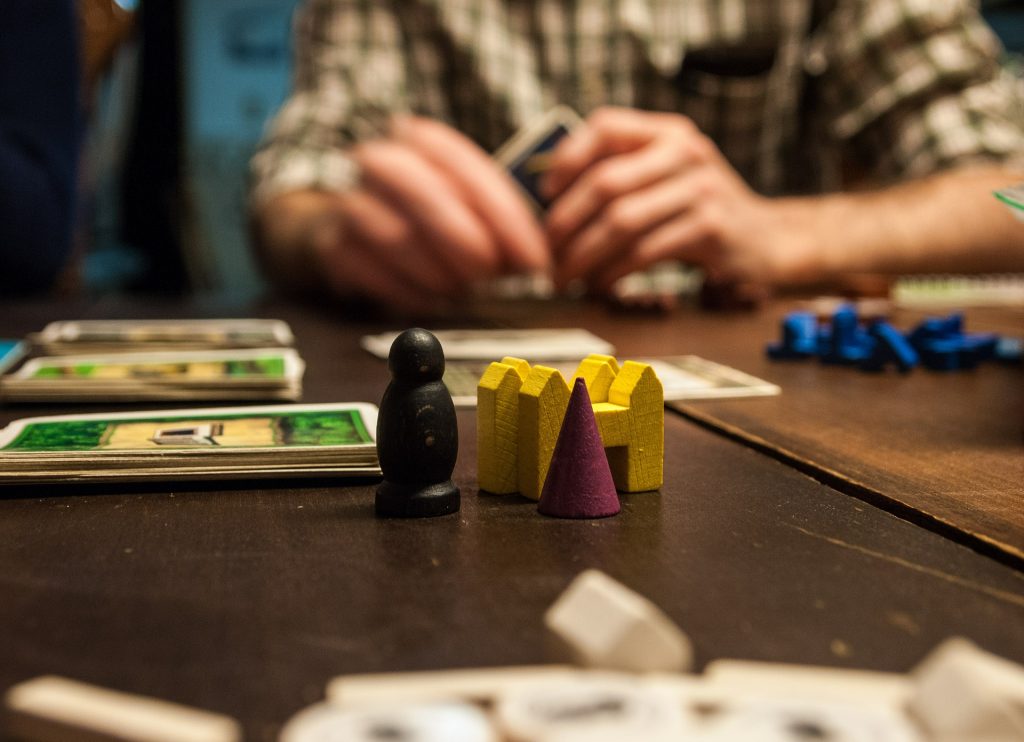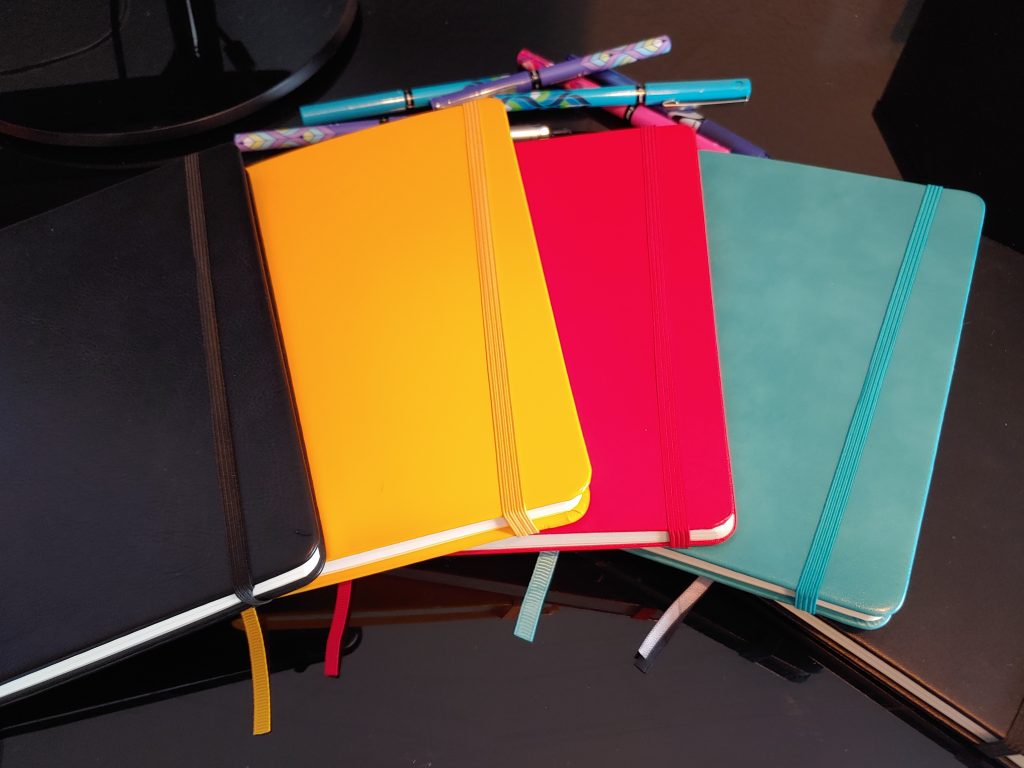Being Realistic About Your Cost of Creation

Until you really get things going in your creator business, coming up with a price can be hard. It sucks. Worse, it’s sometimes hard to know what your cost of creation will be until after you’re selling stuff on the market.
And if your price ends up being lower than your costs, you’re in big trouble.
This discrepancy often becomes painfully obvious if you’re selling goods, but it can also be a problem when you sell services.
Let’s dive in the limited view you might have of the costs and try to help you think it through as you’re planning out your business.
The Consumer Viewpoint
I’m cheap. I know it. I work to overcome it when it’s harmful (and it can be), but when I look at a price tag, the reasons not to buy mount up unbidden, threatening to overwhelm the reasons to buy it.

If I take that same viewpoint when pricing my product, I’m going to price it so low that I might as well start handing out dollar bills to strangers instead of working. It would be less stressful and likely cheaper. And then I’d have no illusions of my creation making me money.
Let’s go to an example, which is actually my inspiration for writing this post.
During this COVID pandemic, my wife and I have been hooked on The Dresden Files Cooperative Card Game. It’s a fun, difficult game that can be lost (and even occasionally won) in about a 15 minute burst, which has proven to be a nice midday distraction for us.
The game is $40, which my mind said was reasonable. The expansions are $10 each, and I wanted all of them.
“Hold on,” my cheap brain said, “$10 for a handful of cards? It can’t cost that much to print. Are they screwing me over?”
Then my rational part of my brain took over and realized that we liked the game, we wanted to support the creators, and $10 is probably not a huge mark up to their cost of creation. Plus it’s really not that much, so they’re not getting rich, and we’re not getting poor from buying them.
If the creators had looked at the $10 with my same cheap brain and decided to cut it even lower, they’d likely print one batch, realize they’re not making enough money, and pack it up and stop making more expansions.
So put the cheap brain aside and figure out a price based on your costs, not what you’d want to spend (though you do need to make sure you have a market at your decided price).
Our Limited Knowledge
While checking to see when that Evil Hat Productions store would reopen so I can get the Mouse Expansion, I came across an article from Fred Hicks, who apparently runs the company. It’s a very detailed answer into how to get the most money to the game creators you want to support.
And that–especially his section on Kickstarter–made me think of the hidden costs of creation.
For the physical stuff, it’s going to be the creating, the reviewing, the building, the distribution, and so on. As nice as it may be to give everyone on the supply chain a job, we have to charge enough that the creator–us–actually sees a piece of the end sale.
If you haven’t factored into your cost of creation everyone in the supply chain, you probably won’t see anything. Think through all the steps. Then find someone else who has gone through the same situation already to see if you’ve missed anything.
Service providers also have a cost of creation, but they’re typically not as direct. There’s the cost of the equipment & software and such, but that’s going to be over lots of clients (hopefully). Then there’s just the costs of life needed to run the business. Child care, driving, and so on.
Short Term Losses Only Make Sense With a Plan
Sometimes, you may have to work hard and get paid very little in order to get ahead. If you’re willing to do that, great. That’s often a very real cost of being a creator.
But you have to have a plan on how that “get ahead” works. One plot line in the the show Parks & Recreation has Tom Haverford creating his business Entertainment 720, which has to spend money to make money. Which is a real thing! But then he spends ALL the money. On things like having people sit around looking pretty. It was obviously never going to work.
It’s similar to us sacrificing now to make more money in the future. That’s often how it works as you begin to establish yourself.
But you have to sacrifice in the right way. If you’re charging $5 an hour for your design service with the hope that you’ll get enough business to start charging $50 an hour, you’re going to lose 99.99% of your client base when you raise your prices and have to start from ground zero (the $5 an hour clientele and the $50 an hour clientele do not often overlap).
So a sacrifice period leads up to…
My point in all of this is that there’s a whole bunch of costs of creation, some seen, some unseen. But if you don’t have a long term plan on how you’re going to make money, you’re likely not going to.
Short term sacrifices in business should be to help you make long term growth. If it’s just for pain, then you’re doing it all wrong.





